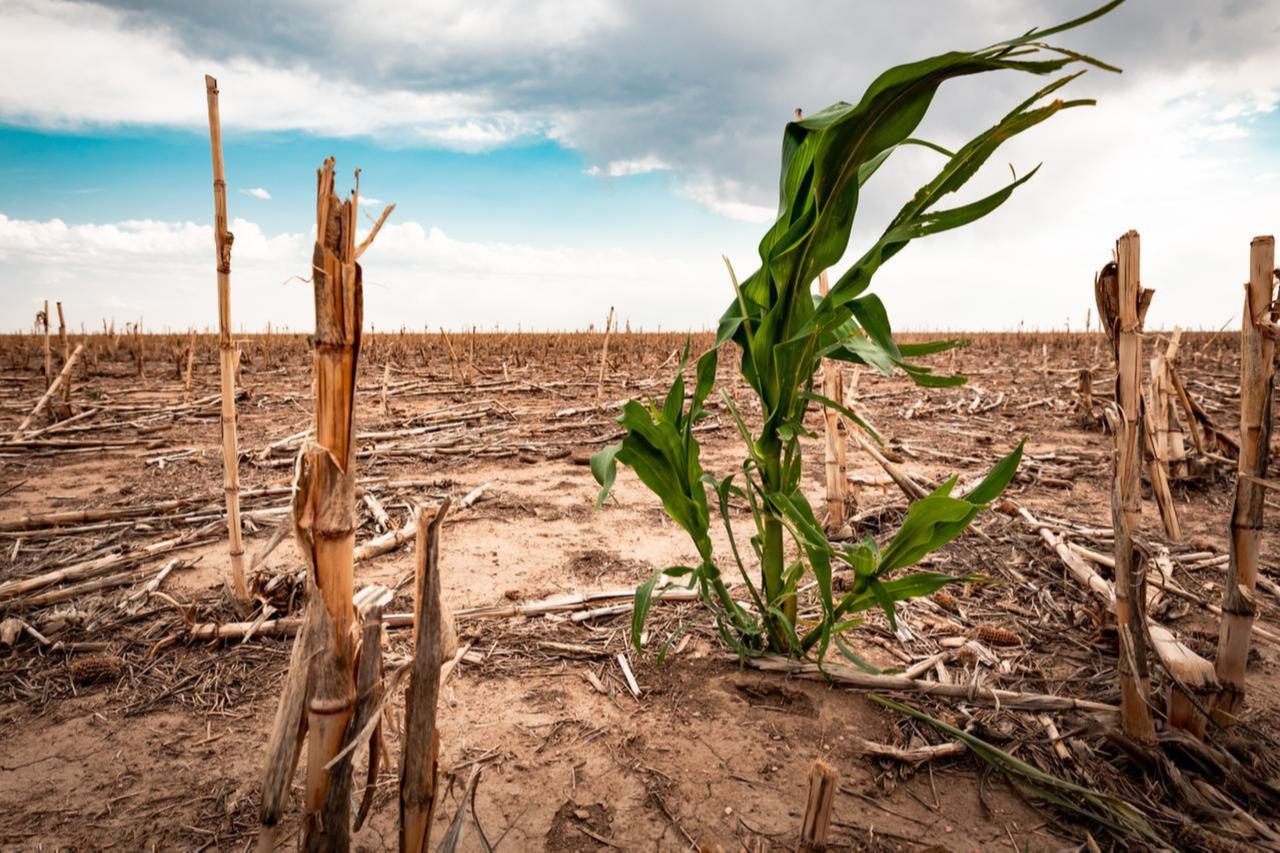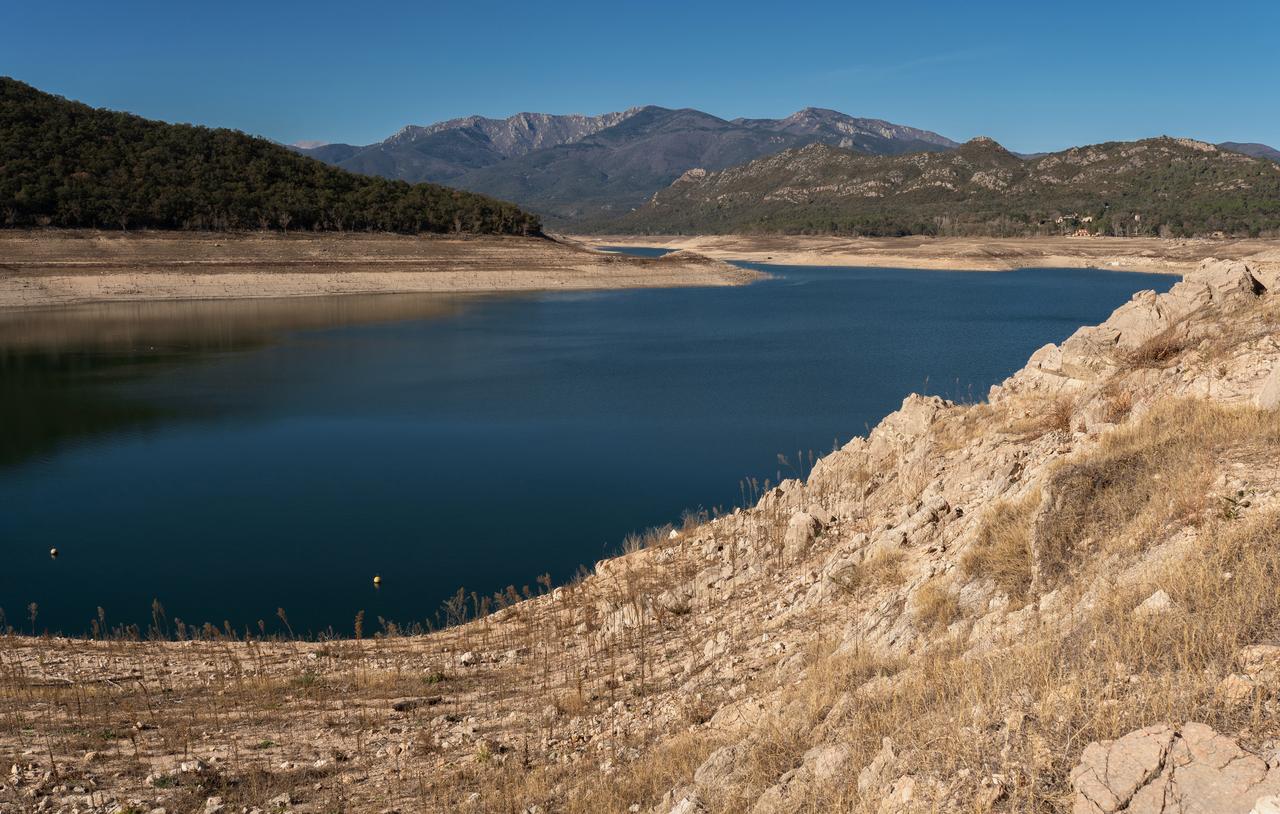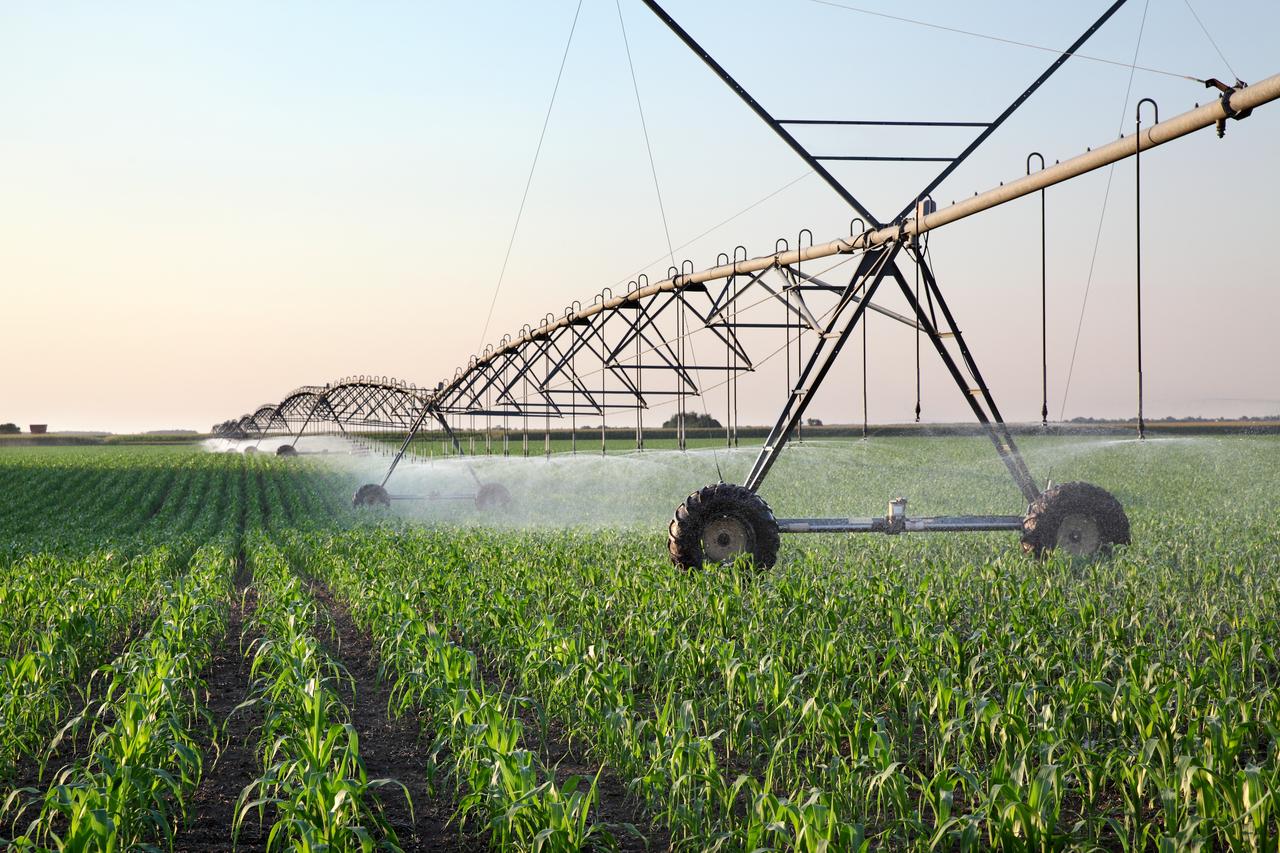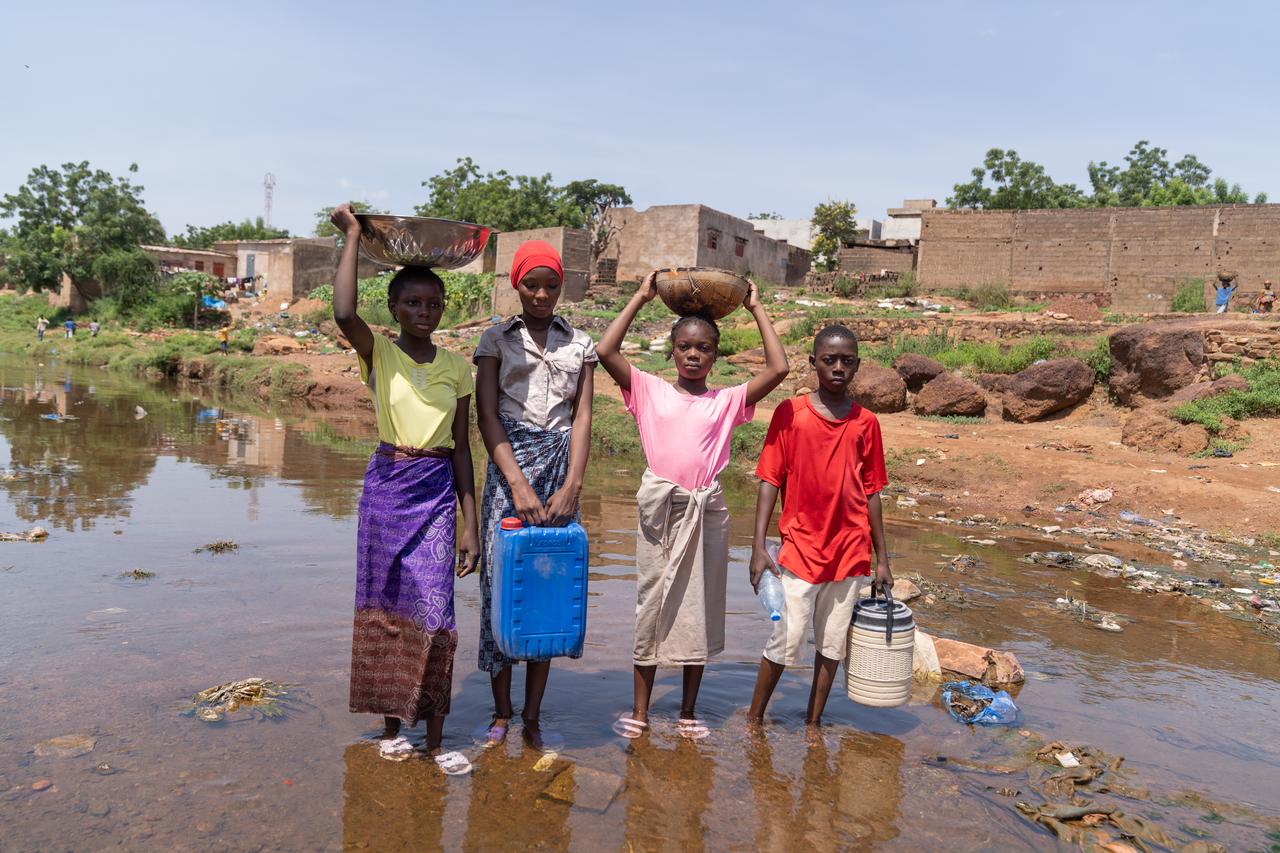
A recent report prepared with the support of the United Nations highlights that the past two years have seen some of the most extreme droughts in modern history. It also issued a strong warning that Türkiye may encounter a severe drought as early as 2030.
The document includes a dedicated section on the Mediterranean, identifying the region as a major focal point of climate change, due to rising temperatures and a consistent decline in precipitation levels.
While drought is considered a typical aspect of the Mediterranean climate, the report emphasizes that both its frequency and severity have escalated rapidly since the 1950s.
According to the findings, average temperatures across the region are anticipated to climb by 2 to 3 degrees Celsius (3.6 to 5.4 degrees Fahrenheit) by mid-century, and could increase by as much as 3 to 5 degrees by the end of the century.
Türkiye, is highlighted in a dedicated section of the report as one of the nations at greatest risk from future droughts, due to the growing chances of its climate shifting toward desert-like conditions.
The report uses three countries—Spain, Morocco and Türkiye—as case studies to explore the effects and projected dangers of climate change and global warming in the Mediterranean region.

One part of the report notes, “Türkiye has a semi-arid climate and is highly susceptible to soil degradation. Nearly 88% of its land area is at risk of turning into desert.” It further predicts that by the end of this century, precipitation levels across the country could decrease by up to 30%.
Simultaneously, rising temperatures are expected to intensify, with average temperatures in Türkiye’s western and southern parts forecasted to increase by 4 to 5 degrees Celsius by 2100.
In 2019, Türkiye was already identified by the OECD as a country facing water-related challenges. Now, it is at serious risk of being categorized as "water-poor" by the year 2030.
This projection implies that nearly 80% of the country’s population and farmland could be exposed to drought threats within the next five years.
The report also highlights that following the extremely dry seasons of 2022, Türkiye faced a major drought in 2023—one whose repercussions, particularly in the agricultural sector, are still being felt today.

With droughts expected to worsen by 2030, the report highlights the critical need for the country to invest heavily in better water usage strategies and to seek out alternative water sources.
January 2025 marked the driest January in nearly a quarter-century, as the Southeastern Anatolia region experienced only 6% of its usual rainfall for the month, and other areas received just about 30% of their typical precipitation.

Dr. Mark Svoboda, who founded the U.S. National Drought Mitigation Center, calls the situation “a slowly unfolding global crisis and the worst I have witnessed to date.” He further emphasizes:
“This study highlights the critical importance of continuously tracking how drought conditions affect people’s lives, their means of survival, and the ecosystems that sustain us all.”
The report, titled "Global Drought Hotspots Around the World" highlights the areas expected to suffer the most severe drought impacts between 2023 and 2025.